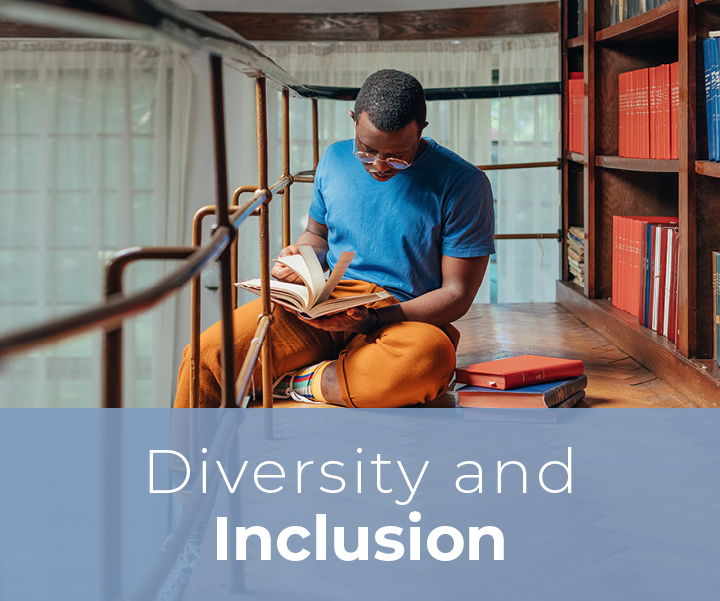
Predictors of Bar Passage
Does the 1L Curriculum Make a Difference?
Document Type
Journal Article
Publication Date
6-2024
Keywords
bar passage correlates, law school curriculum
Abstract
Georgetown Law’s Curriculum B (also known as Section 3) offers a unique opportunity to study an alternative 1L curriculum. The standard 1L curriculum has been around for decades and is still offered at the vast majority of U.S. law schools. Leaders in the legal academy often talk about experimenting with the 1L curriculum, but hardly anyone does it. Georgetown Law has. We study whether Georgetown’s Curriculum B yields measurable differences in student outcomes. Our empirical design leverages the fact that enrollment in Curriculum B is done by lottery when it is oversubscribed—meaning our study is effectively a randomized controlled trial. We measure treatment effects of Curriculum B by comparing outcomes of students who received the treatment (Curriculum B) with outcomes of students who received the placebo (Curriculum A) but wanted the treatment. Because students in both the treatment and control groups elected to enroll in Curriculum B, our empirical design overcomes the issue of selection bias. We find that taking Curriculum B decreases students’ performance in two business law electives (Corporations and Securities Regulation) and reduces the rate at which they graduate with Latin honors. In addition, we find that it increases students’ propensity to take certain public law electives and decreases their propensity to take certain business law electives. We further find that taking Curriculum B decreases students’ likelihood of working in the private sector (law firm or business/industry), increases their likelihood of working in the public sector (government or public interest) or doing a judicial clerkship, and reduces their average annual salary. At the same, however, we find no statistically significant effects on other outcomes, including students’ cumulative GPA, their chances of passing the bar exam or being employed 10 months after graduation, or their rate or amount of alumni giving.



